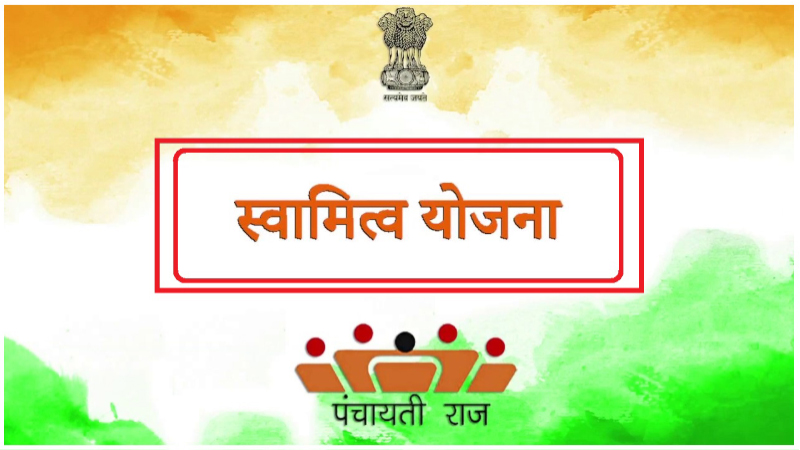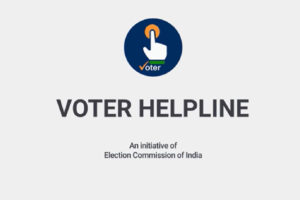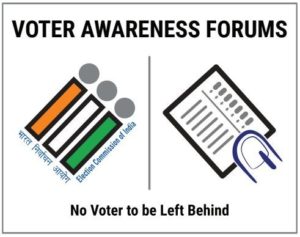In Uttarakhand, an official under the Panchayati Raj Division stated that under the Swamitva scheme, a survey of residential properties in rural areas is being undertaken for the very first time. The Swamitva scheme has rekindled the hopes for reopening businesses with loans for people like the 26 years old, Saurabh Godiyal. In 2016, he wanted to setup a guest house just outside his native village Goda, in Uttarakhand’s Pauri Garhwal district. When he had approached the relevant officials to get a loan of Rs 35 lakh, he was provided just Rs 2 lakh. Demotivated by the slack job done by the loan providers, he had dropped the thought and had shifted to Haridwar, where he began a ‘tour and travels’ enterprise. His father, Anusuya Prasad (59), a teacher, recently acquired a property card through the SWAMITVA scheme. It legally confirmed the possession of his 120-years old ancestral home in Goda village. It rejuvenated Saurabh’s expectation of establishing the guest house.
In October, PM Modi had launched the physical distribution of property-cards underneath the ‘Survey of Villages and Mapping with Improvised Technology in Village Areas’ scheme abbreviated as SVAMITVA.
Uttarakhand is one of the 5 states in India, where the distribution of property-cards has begun. Two blocks each in Udham Singh Nagar and Pauri Garhwal districts have been covered in the pilot stage of SWAMITVA. The property-cards in the remaining of the blocks would be distributed soon. It has been asserted by the PRI officials in the state that correct survey and demarcation of boundaries of homes and issuance of property card will resolve the disputes the villagers typically have with their neighbours in the village localities. They have stated that the authorities have focused on the distribution of 1 lakh property-cards by April 24, 2021 on the Panchayati Raj Day.
Features of ‘SWAMITVA’ scheme
It is a Central Scheme of the Ministry of Panchayati Raj, which was launched on National Panchayati Raj Day, April 24, 2020. The beneficiaries under the scheme would be from 763 villages across six states in the country including 346 from Uttar Pradesh, 221 from Haryana, 100 from Maharashtra, 44 from Madhya Pradesh, 50 from Uttarakhand, and two from Karnataka.
Beneficiaries from all these states except Maharashtra will receive the physical copies of the Property Cards. Maharashtra has a system of recovering the nominal cost of Property Card, so it will take a month’s time.
The move will pave the way for using the property as a financial asset by villagers for taking loans and other financial benefits. This scheme aims to provide the ‘record of rights’ to village household owners in rural areas and issue the Property Cards.
This scheme is being implemented across the country in a phased manner over a period of four years (2020-2024) and would eventually cover around 6.62 lakh villages of the country.
As per the PMO release, about 1 lakh villages in Uttar Pradesh, Haryana, Maharashtra, Madhya Pradesh, Uttarakhand, and Karnataka and few border villages of Punjab and Rajasthan, along with the establishment of Continuous Operating System (CORS) stations’ network across Punjab and Rajasthan, are being covered in the Pilot phase (2020-21).
The release had also added, “All these six states have signed MoU with Survey of India for drone survey of rural areas and implementation of the scheme. These states have finalized the digital property card format and the villages to be covered for a drone-based survey. States of Punjab and Rajasthan have signed MoU with Survey of India for the establishment of CORS network to assist in future drone flying activities.”





